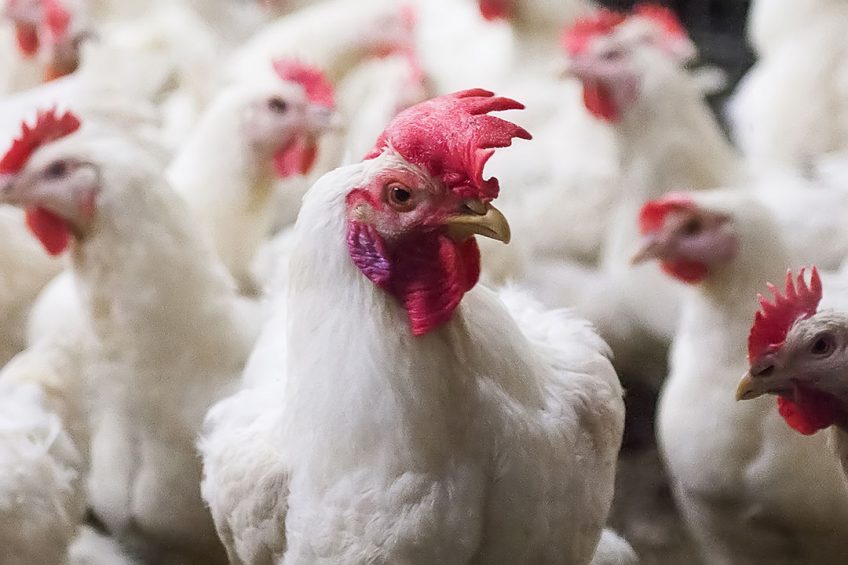Dutch poultry industry not affected by antibiotic reduction

Reduction of veterinary antibiotics sales by 63% in the Netherlands between 2009 and 2017 showed no evidence of a negative effect on either average production or economic results for broiler farmers.
And the international competitiveness of broiler farmers in Holland was not hampered economically by the decision to become one of the first nations in the world to massively reduce antibiotic usage.
The findings come from a new report, released earlier this month, by Wageningen Economic Research, at the request of the Ministry of Agriculture, Nature and Food Quality.
Monitoring antibiotic usage in livestock
The Dutch government started the monitoring of antibiotic usage in livestock production in 1999 by recording the total sales of veterinary antibiotics. This was extended in 2004 to include antibiotic usage per animal species. Since 2008, a new policy on the reduction and the responsible use of antibiotics was implemented. The policy was set up as a public-private partnership.
Stakeholders feared that reduction of antibiotics in livestock production would have a negative effect on productivity and economic farm performance but since the antibiotic policy reforms were introduced there has been no downward trend in family farm income.
The production costs in the Dutch broiler and pig sectors were compared with 3 EU competitors:
- Denmark – which has a low average use of antibiotics
- Germany – which has a large broiler export market
- Spain – a relatively high user of antibiotics
The report found no evidence of any relation between decreasing cost competitiveness and antibiotic usage reduction.

Check out the Antibiotic Reduction special – selection of articles exploring different areas of animal production that can be optimised to better protect animals, which in turn, diminishes the need for preventative or sub-therapeutic medicine.
Farmer measures
To reduce antibiotic usage, farmers used a variety of relatively easy and cheap measures to improve the health of their animals or the health status of their farms.
These focused mainly on animal health management, such as paying more attention to hygiene, use of pain killers and anti-inflammatory agents or more preventative vaccinations.
Other changes in the Dutch broiler sector during this time included:
- Changes to slower growing broilers
- More attention paid to clean drinking water
- An improvement in the circumstances for day-old chicks
- Greater reliance on cleaning and disinfection during downtimes
- Move to all in/all out systems
Perhaps one of the most substantial changes has been the move to slow growing broilers that need less antibiotics.
Last year, about one third of Dutch broiler production consisted of slower growing broilers, introduced as a response to animal welfare concerns of Dutch consumers and retailers.
A substantial part of the decrease in antibiotic usage on broiler farms is due to an increasing proportion of slower growing broilers. The animal daily dose in production of these slower growing birds is one third of that of conventional broilers and the gross margin per square metre is about the same, according to the report.













